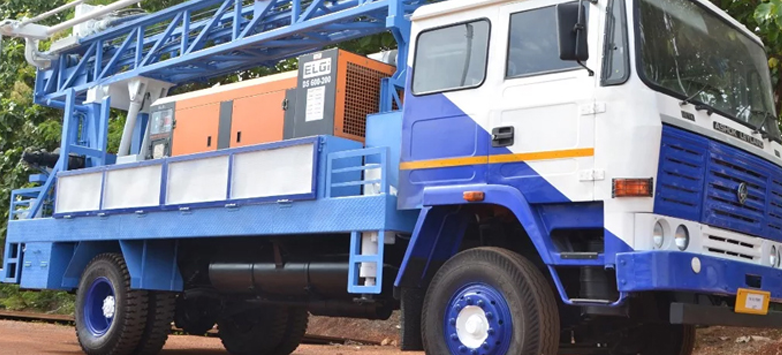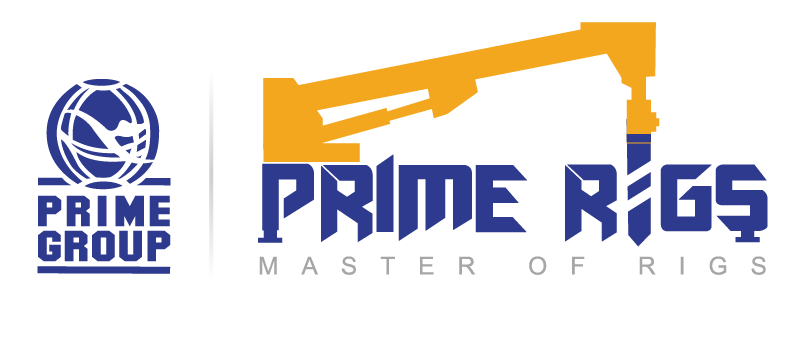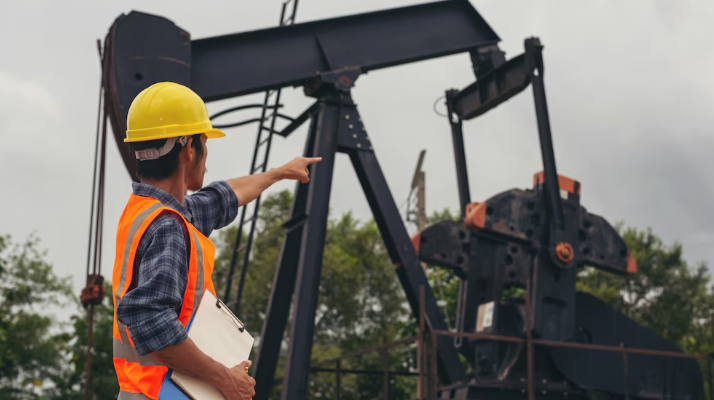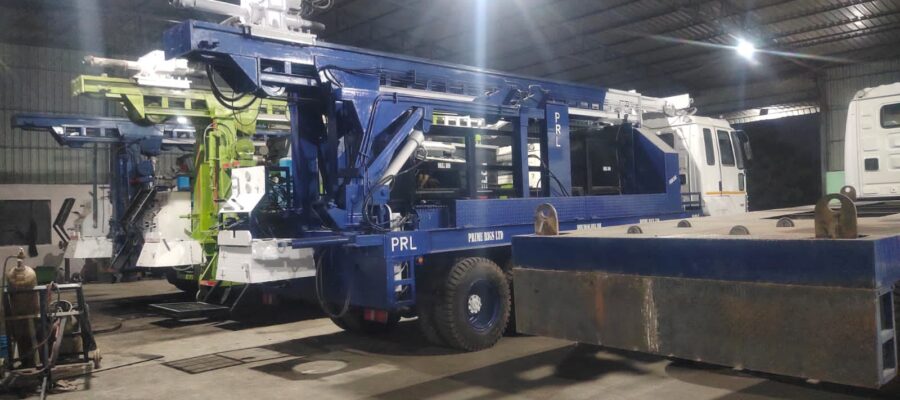
Well drilling is a complicated, multi-step process that needs careful planning and execution. Unfortunately, errors can happen throughout the drilling process, which might result in expensive difficulties down the road. The most frequent well drilling errors are covered in this article. It is important to look after the water well drilling rig before digging a well.
Poor location choice
Choosing a place is one of the most important steps in digging a well. A poorly constructed site might lead to a dry well or a well that produces water of poor quality. Local geology, hydrology, and topography should all be taken into account when choosing a drilling location. To find any possible issues that might reduce the well’s output, a complete site evaluation should be carried out.
Poor well design
How a well is designed affects how well it performs. It’s possible for a poorly built well to provide insufficient or subpar water. The aquifer’s features, the well’s depth, the type of casing utilised, and the type of screen employed should all be taken into consideration while planning a well. Complete grouting is required in the well to prevent pollution.
Improper installation of the casing
The casing, a protective pipe that runs the whole length of the well to keep the walls from collapsing, is installed incorrectly. Incorrect installation of the casing might result in the well failing. For the casing to establish a perfect seal and work properly, installation must be straight and true.
Improper Well Development
After the well has been dug and the casing fitted, it must be properly developed to ensure proper water flow. Part of the well development process involves flushing out the wellbore to get rid of drilling mud, trash, and particulates. The well may not generate enough water or may offer water of low quality if it is not properly developed.
Poor installation of the pump
The pump raises water from the well to the surface. Numerous issues, such as insufficient water flow, excessive energy costs, and early pump failure, can result from poor pump installation. The pump needs to be sized for the well and positioned at the proper depth.
Poor well maintenance
To ensure the longevity and efficiency of the well, proper maintenance must be carried out once it is placed into use. It is advised to do regular visual inspections, water testing, and pump maintenance. Poor water quality, limited flow, and costly repairs can result from poor well care.
Contamination
A key issue in well drilling is contamination. To keep surface water, septic systems, or other sources from contaminating the well, it must be built correctly and grouted. In order to prevent the development of bacteria and other forms of contamination, the well must be carefully maintained.
To summaries, well drilling is a difficult technique that requires careful planning, preparation, and execution. It is feasible to improve performance and longevity by preventing frequent defects. These blunders may be avoided by working with a competent well drilling company and following best practices, allowing you to enjoy a consistent supply of clean, safe water for years to come. One can opt for a water well drilling rig to dig a well properly.
Recent Post
- Frequent Used: Heavy Construction Equipment and Instruments
- What Type of Water Drilling Should You Choose?
- How To Choose The Perfect Drilling Rig To Buy?
- Tips For Selecting the Right Drilling Rig According to Your Need
- Water Well Drilling: Numerous Advantages
- How To Find Affordable And Reliable Water Well Drilling Rigs For Sale?
- Everything You Need to Know About Water Construction Rigs
- Water Drilling Rigs: Know The Different Types
- Refurbished Borehole Drilling Machine: Is It Worth The Purchase?
- Safety for the Construction Industry: Why Does it Matter?
- Milling Or Drilling: Which Is The Right Process To Choose?
- Choosing A Construction Truck Rigs Supplier Keeping Perfection In Mind
- Factors That Can Help You Select The Best Water Well Drilling Rig
- What Makes Drilling Rigs Different From Milling Rigs?
- Water Well Drilling Rig: All You Need to Know About It
- Do’s and Don’ts of Choosing the Right Rigs
- Underground Drilling Rigs: Features That Make Them Unique And Most Recommended
- What are construction drilling rigs? Why do companies need them?
- How do drilling companies help you with core drilling exploration?
- Key Features and Benefits of Drilling Machines in the Construction Industry
- Exploring the Advantages of Portable Borewell Drilling Technology
- How to Choose the Right Drilling Rig for Your Needs
- Reasons to Invest in Absolute Guide for Rotary Drilling
- Selecting the Ideal Drilling Rig: Ensuring Safety, Efficiency and Cost-Effectiveness





